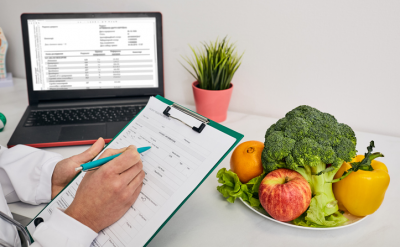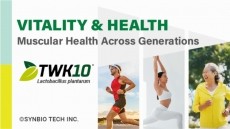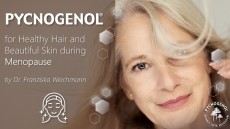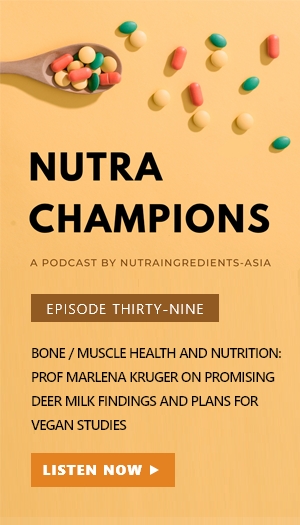Educational objective: Driving healthcare practitioner awareness of the microbiome crucial for success – Biome Australia
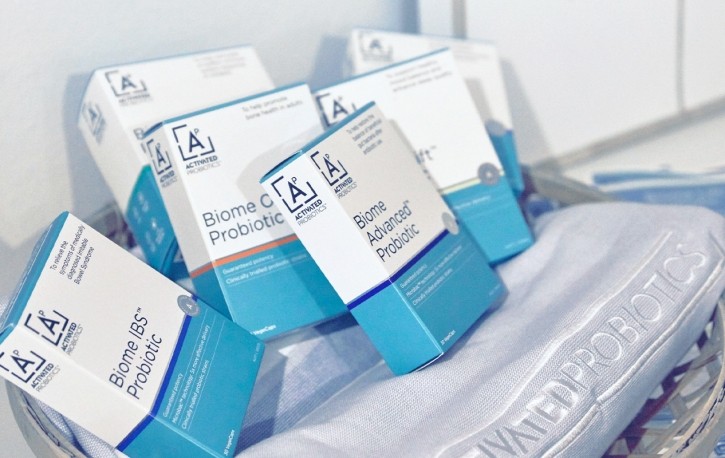
The practitioner-only firm currently distributes to over 4,000 community pharmacies and independent health practitioners across Australia.
NutraIngredients-Asia previously covered the firm’s launch of its precision probiotics’ portfolio.
Its managing director and founder Blair Norfolk has now elaborated on its future growth strategy in the market.
He said that there was a lack of emphasis on microbiome in the medical education received by health practitioners, and it should not be “assumed that they have a good foundational knowledge on the microbiome or probiotics.”
The firm’s engagement with health practitioners spans educating them on the basics of probiotic strains, to technical information such as ideal storage and packaging conditions, to now prioritising its own clinical research backing the efficacy of its products.
“We talk to them about microencapsulation technology that is really important to protect a viable dose of bacteria to get to the large intestines and the stomach. Up to 80% of a probiotic gets killed in the stomach.
“Once they’ve got that foundational knowledge, we go into the hardcore research on the clinical trials investigating the mode of actions of our products,” Norfolk explained.
Clinically backed products
The firm said that half of its 17 probiotic products have undergone randomised, double blind placebo control studies.
“Other [probiotic] brands may have clinical evidence completed by somebody else on the other side of the world. They’ve only used one of the ingredients in their products, and they claim it’s a clinically studied ingredient or strain.
“When we say clinically proven, it means our actual product, not just the ingredients, has gone through a clinical trial.”
It partners with universities around the world for these clinical trials. It conducted research on acne, asthma, and mood management previously.
The firm recently concluded a clinical trial on its Biome Lift Probiotic for Mood Balance product on a population with subthreshold depression, but its results are not yet published in a journal.
The product was previously studied in a healthy population. Norfolk explained its results: “We all have – to some degree – general symptoms of stress, anxiety and sleeping issues, and it’s shown to help the general population deal with every day depressive feelings.
“This is now opening up this area to be more of a dispensary conversation in the pharmacy whether this could be adjunct to different pharmaceutical interventions for sleeping disorders or mental health conditions, so the [Biome Lift Probiotic for Mood Balance] is always sold really well because it works fast. We see a lot of patients giving us feedback within the first two weeks that a lot of the symptoms they are experiencing have disappeared really quickly.”
Among consumers, Norfolk also noted a marketing shift towards science communications around probiotics and microbiome instead of traditional advertisements pushing products.
“Especially since COVID, in the last two years, we noticed from consumer feedback that they want more information through our monthly blog articles, social media and advertising. It’s never about the products, but education around probiotics. “
Record sales
The firm reported sales of its probiotics, plant-based supplements and sports supplements hitting AU$7.24 million (US$4.64 million) compared to AU$4.54 million (US$2.91 million) a year ago. It forecasted a yearly growth of 50%.
Early this month, it also launched three new products targeting dental health that contains strains L. helveticus Rosell -52, L. rhamnosus Rosell -11, B. longum Rosell -175, and Saccharomyces boulardii; bowel regularity that contains Lactobacillus plantarum LP01 and Bifidobacterium breve BR03; and muscle recovery that contains Streptococcus thermophilus FP4 and Bifidobacterium breve BR03, respectively.
The firm said that probiotics make up 95% of its overall sales. While the majority of its customers still look to probiotics for gut health and immunity concerns, the firm is seeing increasing growth in probiotics targeting vaginal health, mental health, and dermatology.
“While 70 to 80% of the probiotics market is still in gut health, it is moving towards a more diversified mix. In Europe and Australia, it’s really leaping forward in this idea of targeted probiotics and consumer acceptance is really high.
“Whereas in the Chinese and American markets, they may be the biggest markets but they’re also less sophisticated when it comes to probiotics as it’s for a much more generic use.
“I think Asia and Americas have been held back by the regulatory environments that are very complicated. Aside from being very litigious, they’re also very much into online, B2C, big marketing campaigns that emphasises less on education and research,” Norfolk said.
